Ten Insights for Designing Eco-Friendly Green Homes
Green homes are designed using a process that is environmentally responsible and resource-efficient. All aspects of the house from exterior to interior design is given this eco-friendly touch. Even operation, construction and maintenance are done in a manner that it does not affect the environment. Green buildings which is also known as green construction or sustainable building looks into the durability, economy, utility and comfort of a home.
With the recent condition of our environment, both architects and civil engineers work hand in hand to come up with eco-friendly homes and buildings. This is part of their belief that as building professionals, it is their responsibility to create homes that will not ruin the environment. That is why green homes are being created. It uses materials that are good for the environment and even cost-effective. Another advantage of green homes is the different level of homey comfort it gives to the homeowners. It also has distinct aesthetics that sets it apart from other home designs. There are certain things that designers usually look into when designing green homes. We have here ten insights that you can take into account.
1. Site Conditions.

Daniel Libeskind
Of course, before you plan in making your home, you have to determine which site you would like to use. Observe if the area inspires you and suites to your wants. It should also be able to provide space for solar access, gardens, privacy, water and air. Since a green home is built to last, you need to look for a land you truly like where you can spend most of your time.
2. Building Orientation.
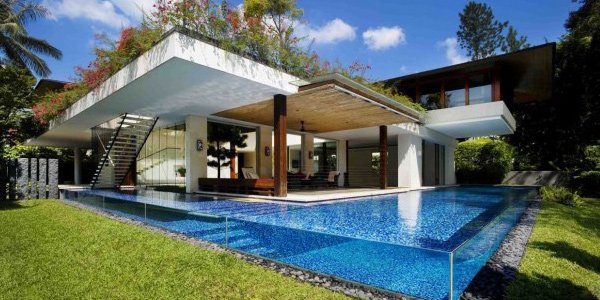 It is important to consider how your home is positioned in the location you have chosen. Make sure that it is aligned on the east-west axis and the windows face true north or true south. For places with hot climates, place large windows at the north side to scoop in cool air and spread light. On the south side, have smaller windows and have shades for direct sunlight by using canopies and roof overhang. For cooler climates, minimize window sizes on the north side to minimize heat loss and larger windows on the south side to let more sunlight in. The manner of positioning your home is important to make sure your house is comfortable enough no matter what the climate is.
It is important to consider how your home is positioned in the location you have chosen. Make sure that it is aligned on the east-west axis and the windows face true north or true south. For places with hot climates, place large windows at the north side to scoop in cool air and spread light. On the south side, have smaller windows and have shades for direct sunlight by using canopies and roof overhang. For cooler climates, minimize window sizes on the north side to minimize heat loss and larger windows on the south side to let more sunlight in. The manner of positioning your home is important to make sure your house is comfortable enough no matter what the climate is.
3. Building Materials.
 If you are serious about having a green home, use materials that make your home environmental friendly. You can make use of cement, ceramics, bricks, aluminum, glass, and steel as the main raw material in building your home. Before, wood is the primary material for green homes but due to the issue on illegal logging, wood is replaced by mild steel and aluminum. Mild steel can be used for roof trusses, walling, ceiling and others. Mild steel is stainless, lighter, more robust, easy to install and would last longer. You can also use LED lightings, non-toxic paint , recycled glass, recycled tiles, recycled aluminum and other recycled materials.
If you are serious about having a green home, use materials that make your home environmental friendly. You can make use of cement, ceramics, bricks, aluminum, glass, and steel as the main raw material in building your home. Before, wood is the primary material for green homes but due to the issue on illegal logging, wood is replaced by mild steel and aluminum. Mild steel can be used for roof trusses, walling, ceiling and others. Mild steel is stainless, lighter, more robust, easy to install and would last longer. You can also use LED lightings, non-toxic paint , recycled glass, recycled tiles, recycled aluminum and other recycled materials.
4. Windows.

Windows could be made of wood or aluminum frames. Aluminum can be reused, free of toxins, energy-saving, cost-effective and free of cancer causing substances. The size of windows can be adjusted in relation to the mass of walls and floors that receives direct or indirect light. Place roof overhangs, canopies or awnings to shade your room from excessive heat. Try to determine the direction of prevailing winds and use casement windows on these areas for it can help hollowing out air that can give natural ventilation.
5. Rooms.
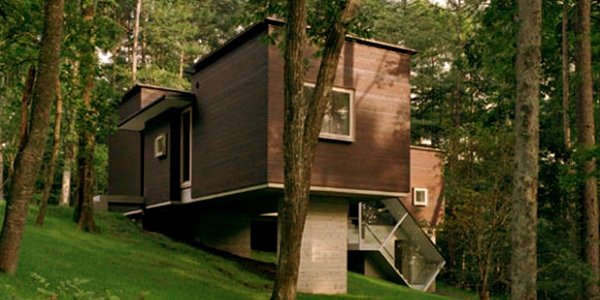
Choose room locations by considering the mount of natural light and air that could enter it. You can also take into consideration the amount of heat that can enter your room in some time of the day. But you also have to consider the usage of the room in order to determine which ones will need enough heat and cold.
6. Home Layout.
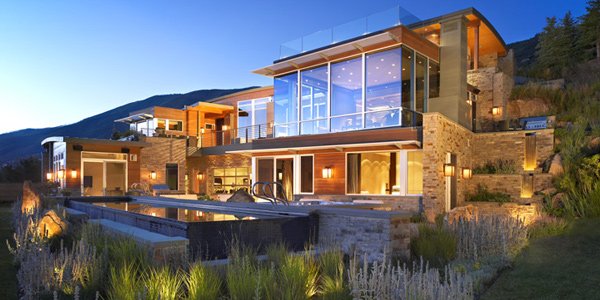
Zone 4 Architects
Most green homes have open design layouts in order to reduce construction cost. It also improves light and ventilation. It would also be easier to arrange your furniture if you have an open space. If you would like to have a touch of nature in some parts of the house, you can have them directly connected to an outdoor space for gatherings.
7. Roofing.
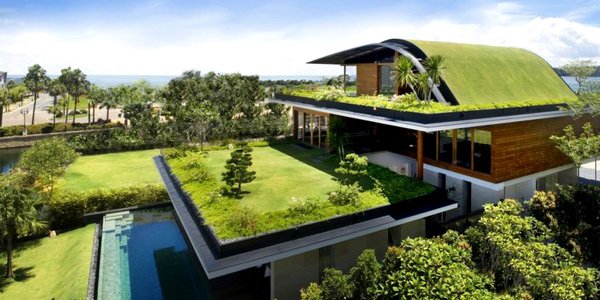
Green roofing is great for it is cost efficient and attractive. Using a green roofing system can give extra insulation that helps keep energy consumption down. It can be used on some parts of the roof or for the entire roof. If you will not use green grass roofs, you can still go green by controlling storm water runoff with perimeter drains, gutters and subsurface drainage systems. You can collect rain water using rainwater catchment so that it can be used for washing clothes, flushing toilets, watering plants and irrigating landscapes. Do not use asphalt shingles if you plan to use rainwater for vegetation and drinking.
8. Wall Materials.
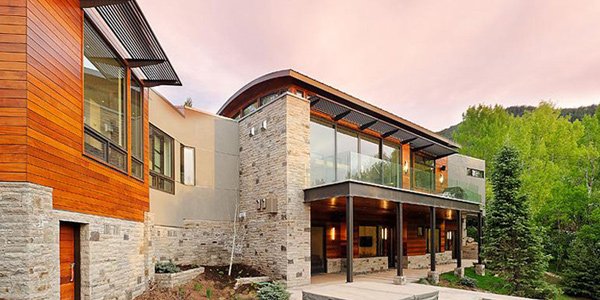 Choose materials that can absorb solar heat like natural or fabricated brick. Bricks made up of sand, lime, cement and others are good for they are fire-resistant, absorb sun’s heat and have low water absorption. Some use ceramics for their walls which is also good for it is low in maintenance and could create an elegant look.
Choose materials that can absorb solar heat like natural or fabricated brick. Bricks made up of sand, lime, cement and others are good for they are fire-resistant, absorb sun’s heat and have low water absorption. Some use ceramics for their walls which is also good for it is low in maintenance and could create an elegant look.
9. Flooring Materials.

Zone 4 Architects
Depending on the function of your room, you can choose from a variety of flooring materials like marble, parquet, granite, terrazzo, ceramic, wood and bamboo. But if you really want an eco-friendly flooring, it would be better to use laminated wood and bamboo especially for your bedroom.
10. Use solar panels.

National Geographic
Solar panels can be used as your source of electrical energy. Aside from economy, it can also give you protect you from fires and short circuits. Solar panels are placed on the roof facing the east to west in order to make sure that you will get enough solar energy. If you haven’t placed solar panels yet, make sure that your roof is designed with this provision. Pick a roofing material that will reflect radiant heat like a light-colored standing seam metal roof.
Having a green home is just a small step to save the planet in a way that it also gives vital benefits to the homeowners. This is just a simple way of doing our role for nature. So, instead of just designing a home for the benefit of the owners, why don’t you try considering the amount of energy and resources that could be saved in building it? That could already be a great help for the environment and could also help give your children’s children an assured, safe and healthy future.








0
Adrian Gonzales
I saw some that looks really weird but well, creative!
0
Anique Sadie Coetzee
This is amazing